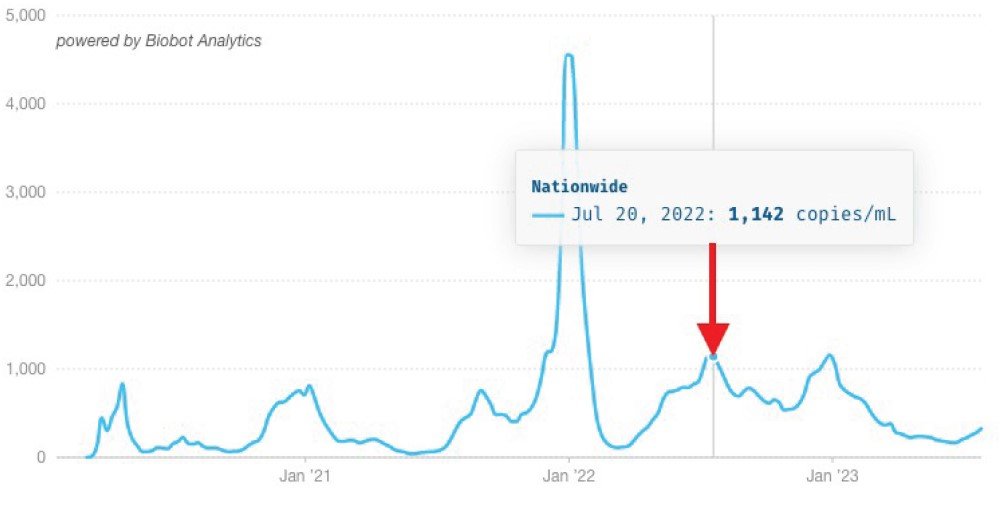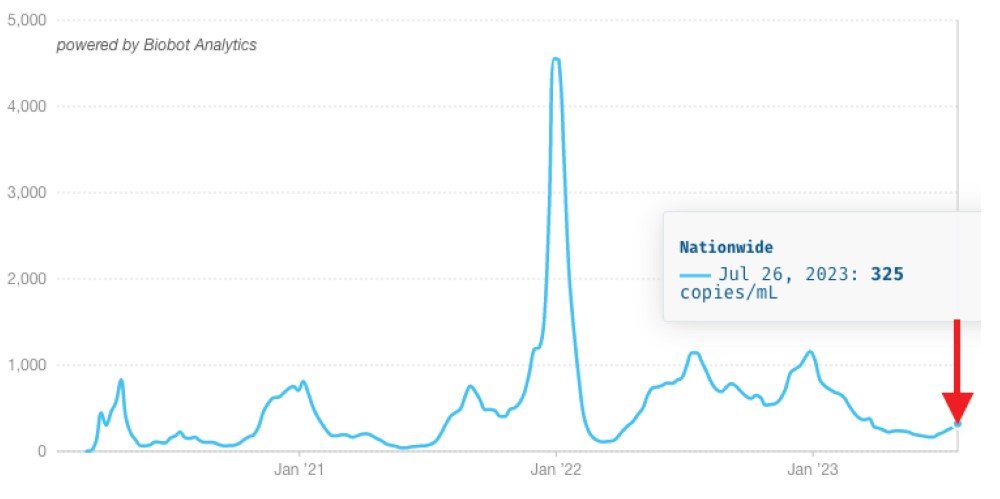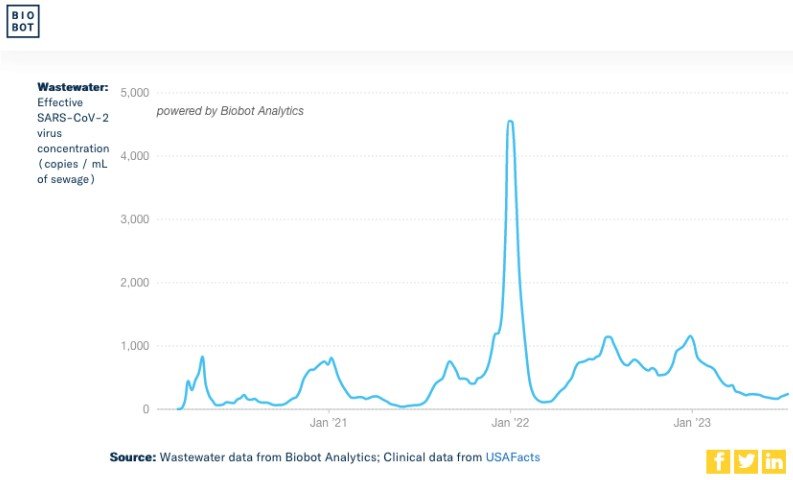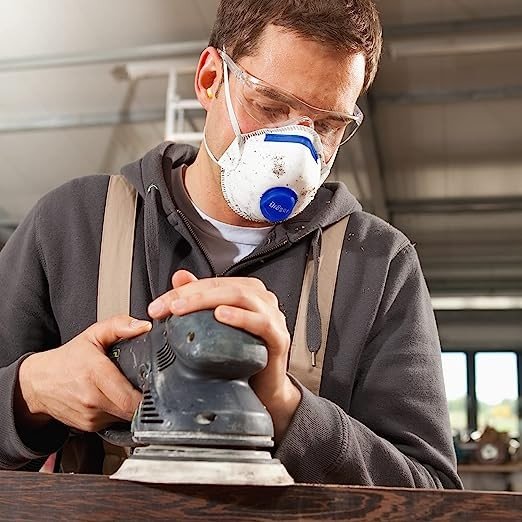Nine million Americans report that they currently have Long Covid.
https://www.cidrap.umn.edu/covid-19/survey-18-million-americans-say-they-have-long-covid
“Long COVID [is] a condition with no known cure and is defined by long-lasting symptoms following a case of COVID-19. More than 200 symptoms are associated with Long COVID, commonly including fatigue, cognitive dysfunction, intolerance to exercise, chronic pain, and more.”
https://time.com/6309054/long-covid-recovery-rare/
The statistics and the stories are sobering, and full recovery remains elusive. Here is a selection of important news stories over the past year.
September 2023: "Long COVID is a roller coaster.”
"Ask Patricia Anderson how she is doing, and you probably will not get a routine answer. 'Today, I’m working and I’m fine,' she said on a recent Tuesday. 'Saturday and Sunday, I was bedridden. Long COVID is a roller coaster.' …
The virus caused extreme chills, shortness of breath, a nervous system disorder and such cognitive decline that, for months, Anderson was unable to read a book. 'I was very sick for a long time, and I never really got better,' she said."
https://www.seattletimes.com/nation-world/long-covid-poses-special-challenges-for-seniors/
August 2023: Long COVID Recovery Remains Rare.
One doctor says: "A small number, no more than 10%, have stubborn symptoms that don’t get better, no matter what. … A big chunk see some improvement, but remain sick. And [only] about 15% to 20% report full recovery."
July 2023: Doctors Unable to Work
The report at the following link is from a survey of 600 doctors with long covid. It found that nearly half of them can no longer work full time.
https://www.bmj.com/content/382/bmj.p1529
October 2022, from the Washington Post:
"On [Oct. 5, 2022], the Centers for Disease Control and Prevention, … released data on long covid. [They found] that more than 80 percent of people with long covid experience limitations in day-to-day activities. 'We want to highlight that there are quite a few people in the country whose day-to-day activities are still significantly impacted by long covid.”
https://www.cdc.gov/nchs/covid19/pulse/long-covid.htm?
September 2022: Long Covid Is Not Just for Adults
The researchers conducted MRIs of the lungs. "Our study demonstrates widespread functional lung alterations are indeed present in children and adolescents."
Now You Can Search This Blog!
We have added a “search” bar for this blog - scroll all the way down
to the very bottom of a blog page to find the search bar.
When using the “search” bar, please, if at first you don’t succeed, try, try again!
[The website company has an ongoing glitch.]
Find all of the blog post titles on our “Resources” page on the website: Comprehensive List of Blog Postings (PDF).


















